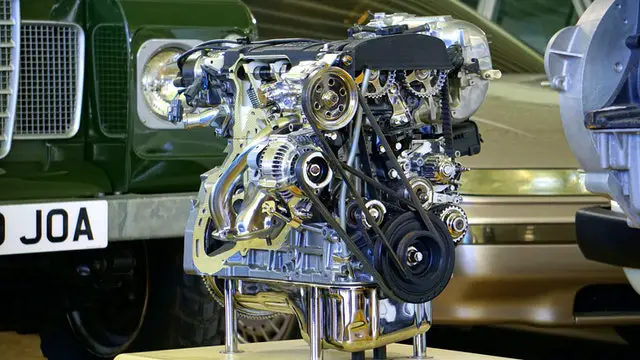Sales of online auto parts have been enjoying an upward trend for years with rapid increases beginning nearly a decade ago. Sales of online parts reached $12.3 billion in 2019, according to data from Hedges & Co., an online digital marketing firm. The company said that it expects another 16% increase of that for 2020 or about $14.2 billion in sales. Projections call for $19 billion by 2022.
Furthermore, most of the sales will be done on smartphones. They exceeded 60% of all online auto parts sales in 2019. It’s a brave new world for the auto parts industry which has long been dominated by the four giant brick and mortar auto parts retailers: NAPA, AutoZone, O’Reilly, and Advance Auto Parts.
But today, smaller operators are aggressively carving out their own market share of this thriving sector. Whether it’s an oil pressure gauge or replacement radiator, these parts and more are available for purchase online. Going to a physical location and hoping they have the parts you need is no longer the only option.

Industry analysts say a number of factors are driving the emergence of online auto parts sellers. The reasons can be compared to just about any sector where people are more often shopping with their fingertips at a keyboard and enjoying fast home delivery, rather than trekking out to a brick and mortar location.
A prominent factor cited by experts is the fact that auto parts consumers are quickly becoming more comfortable with buying automotive products online. That hasn’t been true in the past because customers tended to rely on the expertise of salespeople who worked at the big chain stores. Parts buyers tended to come to these places with a lot of questions that were answered by well-trained staff who know a lot about auto parts.
However, online sellers have tackled this issue by offering more complete online information. They are also providing educational materials to customers to help them feel comfortable in finding and selecting the right part for the job. In effect, the internet is taking over the role of the guy (or gal) working at an in-store parts counter.
Another factor in favor of online auto parts sales is the interesting fact that those who buy auto parts already tend to be “research obsessed,” research shows. Hedges & Co. reports that a robust 9 out of 10 online parts buyers engage in extensive online research. They are motivated to do so because parts buyers are generally the same people who are already good at repairing and restoring cars. They understand what they need.
More independent operators are opting to jump into the online parts selling market because it’s an area that holds a rich market. Consider that there are an estimated 273 million registered vehicles in the United States alone. The U.S. Dept. of Labor and Statistics reports that jobs for auto mechanics will increase by 17% through 2020. That’s 124,800 jobs. It is one of the largest growth sectors in the American economy today. It all adds up to a lot of cars and a lot of mechanics repairing them – and all of them buying parts every day.
Selling auto parts online is a rich field of opportunity globally in the current economic climate. Additionally, the effects of a massive economic downturn may only increase the demand for car parts online as more people opt to repair their existing cars rather than buying new ones.
Finally, the proliferation of more online auto parts dealers is having the expected effect of offering greater competition on price.